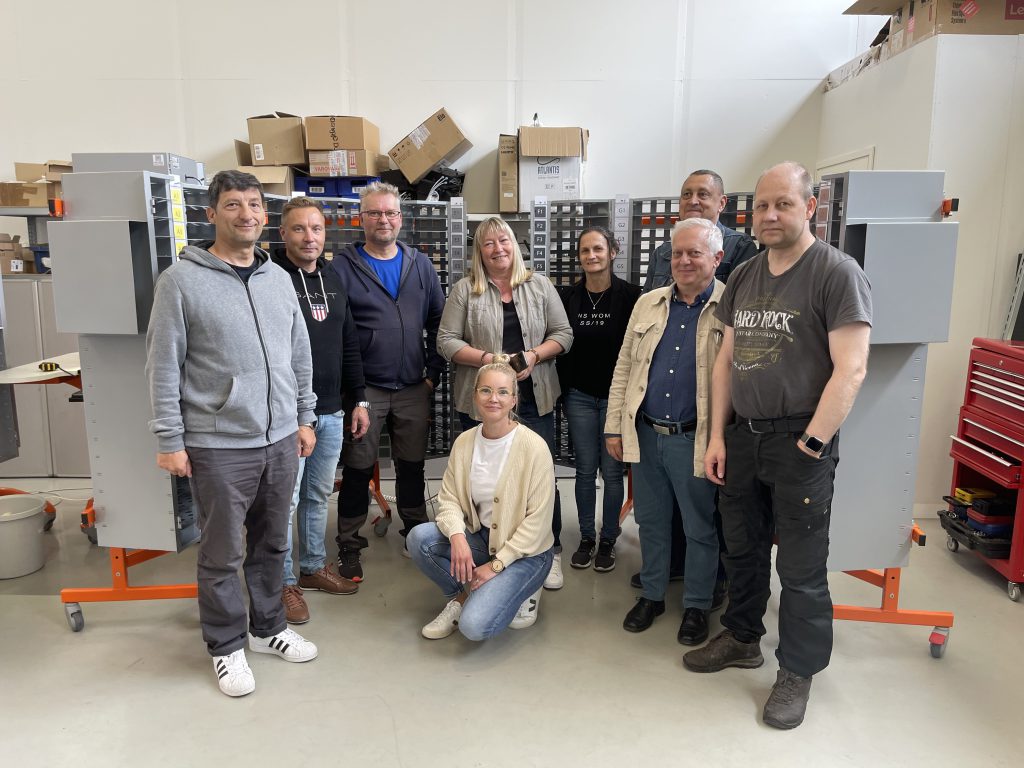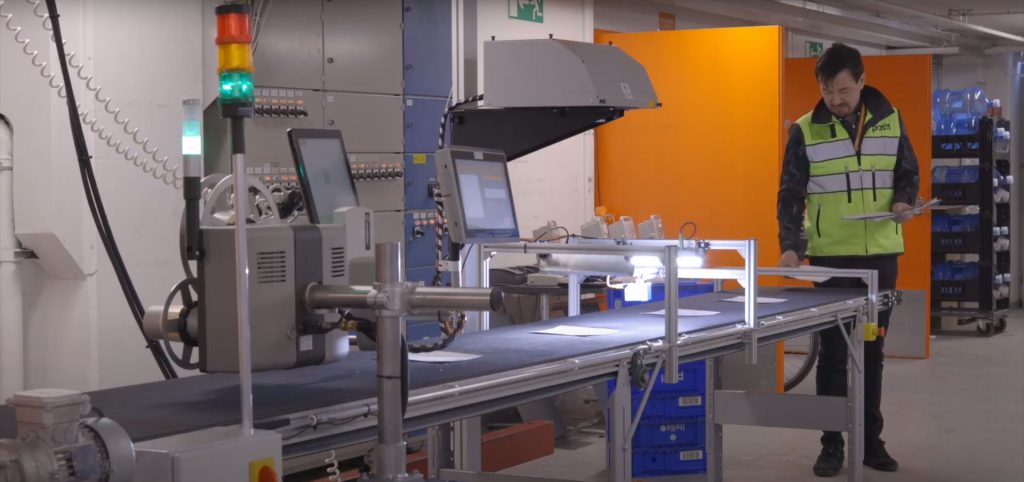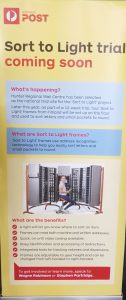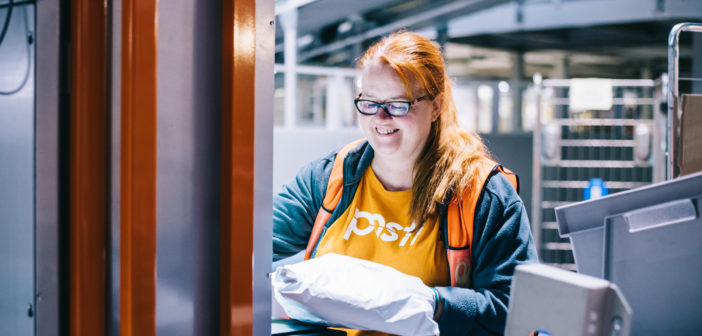Transparency and reliability are the core values of Mailroom Solutions Oy. We believe trust can only be earned through concrete actions and daily work.
During the last week of July, Mailroom Solutions Team welcomed guests from Magyar Posta to our main office in Seinäjoki to join the Factory Acceptance Test. FAT is a process in which the manufacturer tests the machines and the systems before they’re delivered to the customer. The purpose of the event is to ensure that the agreed delivery will meet the customer requirements.
The time together was spent effectively: vast amounts of project related information was discussed and documented, systems & machines successfully tested and mutual cooperation strengthened.
Delivering mail to approx. 4 million addresses in Hungary every day, Magyar Posta will centralize all mail sorting into one logistics center, by using Mailroom Solutions provided computer-assisted OCR and CAMS stations. The complete solution will bring the sorting work efficiency & quality to the next level.
Mailroom Solutions Team sends warm thank you for the successful FAT-week to Magyar Posta professionals & friends, we’re now good to proceed further in our project!










